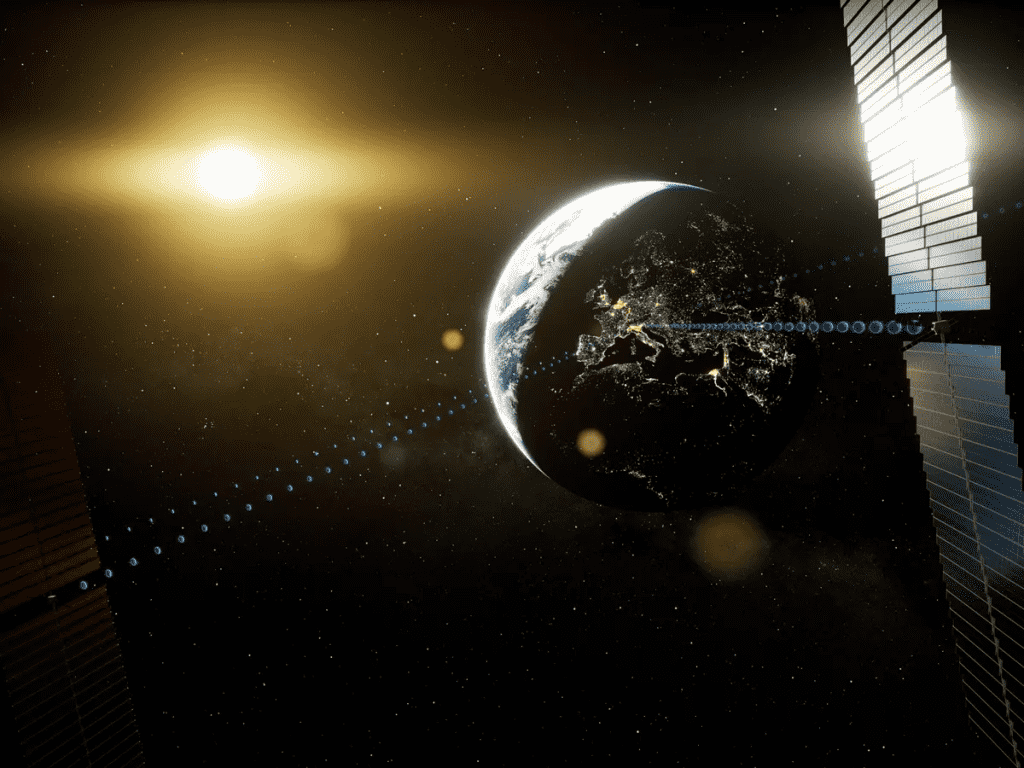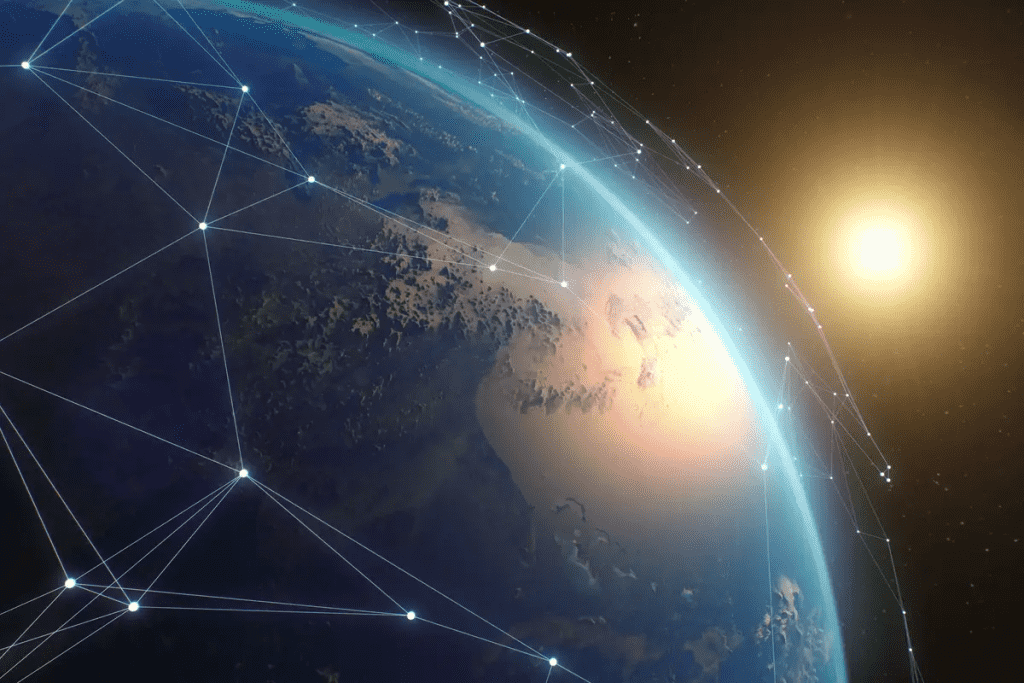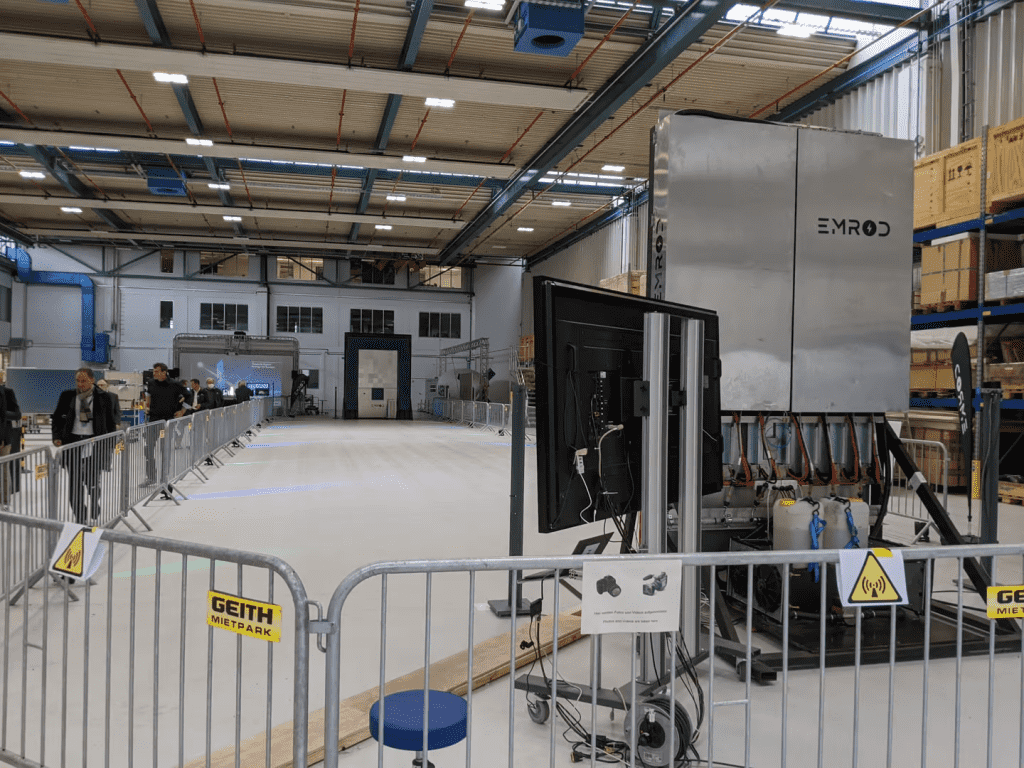We know that there is always a growing interest in generating space-based solar energy, and different ambitious programs have been started to get this endeavor out on board. However, some loopholes always remained, and that proved a challenge for scientists to assure the efficient generation of energy. “Emrod”, a company based in New Zealand, recently unveiled its “wireless power beaming technology” that will serve as the instantaneous generation of renewable energy through lower orbital satellites between any two points on the Earth. The concept uses a “global wireless energy” approach, and the company has presented this to Airbus and ESA (European Space Agency) to achieve the goal of getting solar power 24 hours a day.

In addition to this, the CEO and founder of the company, Greg Kushnir, said that different solar satellites have been deployed on Earth, which are low-cost and also satisfy the requirements of being an efficient receiver of solar energy from space. He said that this concept will enable us to efficiently generate space-based solar energy 24 hours a day. It should be noted that, as of now, the company has designed the prototypes of receiving and transmitting antennas to be 1.92 m (6.3 ft) in diameter. Kushnir said, “The technology is here. It’s been developed, it’s starting to be deployed. And when Airbus wanted to demonstrate it as part of space-based energy infrastructure, there was no other company in the world that could do it.

“In the last few months, it seems the industry has been catching up with our vision and starting to throw budgets and teams at this. But we have a head start, we started these three years ahead of everybody else. “It’s been floating around for decades,” he continued. “The thing is, all the other teams that looked at power beaming treated it like communications – as a far-field system. And with far-field systems, you get side lobes – you’re immediately giving up 15-20% of the power, which goes sideways”, he further stated.
Coupled with this, Kushnir further said, “If you’re talking about what we could float up there in the next five years, it’s probably an end-to-end efficiency of around 60–70%.” “If we’re talking about the European Space Agency’s space solar timescales for 2040–2050, we can get much higher, probably to the same efficiencies of most of the grids around the world. Maybe not the European or American grids, but well above most of the grids in the world. The benchmark, I think, would be around 80-85%.”

To that end, the company is looking forward to implementing its testing procedures in the coming three years with the collaboration of a number of aerospace companies. Kushnir says, “That’ll be the first small step. Anything to do with space takes years and years. But then I think we can move much faster than the European Space Agency’s roadmap. It’s not going to take 20 years. Having said that, we’re not waiting for that to happen. This is a commercial endeavor; the first applications are terrestrial. We’re hoping to have the first commercial deployment in 2024.”


